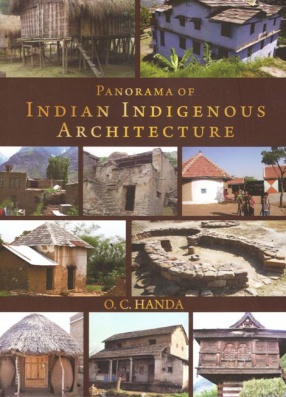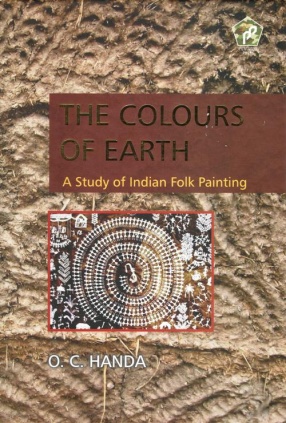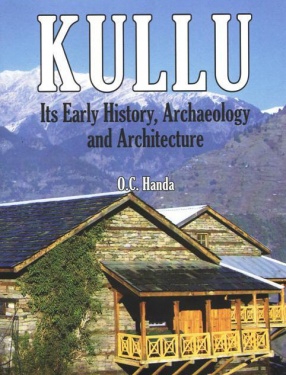It is perhaps for the first time that a book on the Indian indigenous architecture is attempted. Written in a lucid diction, it deals with the architectural traditions of Indian adivasi communities, highlighting the vital architectural peculiarities of indigenous domestic architecture, which have so far remained completely ignored. The dwellings of adivasi people living in the secluded pockets are the true ‘homes’ in letter and spirit which offer warm, affectionate and protective acceptance like mother`s bosom, because each person of the family puts in his heart, soul and sweat to make these from the locally available raw materials. The walls painted with the enchanting devices and figures form an integral part of these ‘homes’. Thus, if the structure is a ‘physical component’ of a ‘home’, the wall paintings form its `spiritual component`. Therefore, none of these ‘homes’ is a cold structure, but the vibrant embodiment of grih-devata.
The architecture of these dwellings is a class by itself for its nostalgic charm and quintessential qualities. It never transgresses the natural ambiance of the locality, but complements it by imparting ‘humane’ touch. Thus, each of the traditional homesteads forms an organic part of the local environment.
This study may provide knowledge base to conceptualise the idea of ‘Green Architecture’ or ‘Natural Architecture’, which has lately become a worldwide craze against the conventional or the ‘synthetic architecture’. Obviously, the ‘Green Architecture’ has to be eco-friendly, conducive to the body, spirit and lifestyle of the people, responsive to the local cultural ethos and the natural environment. If some practices of the indigenous Indian architecture are modified and adopted into the ‘Green Architecture’ for the residential buildings as an alternative to the conventional ‘synthetic architecture’, the landscape shall look naturally greener and pleasing.
The book, spread in 13 chapters, is based on the field study of many years covering most of the adivasi pocket of the country. The book is tastefully illustrated with 80 interesting sketches, drawings and a few photographs that the author prepared during his field studies. This pioneering work is of great use and interest for the architects, policymakers, planners, sociologists and general readers.








There are no reviews yet.